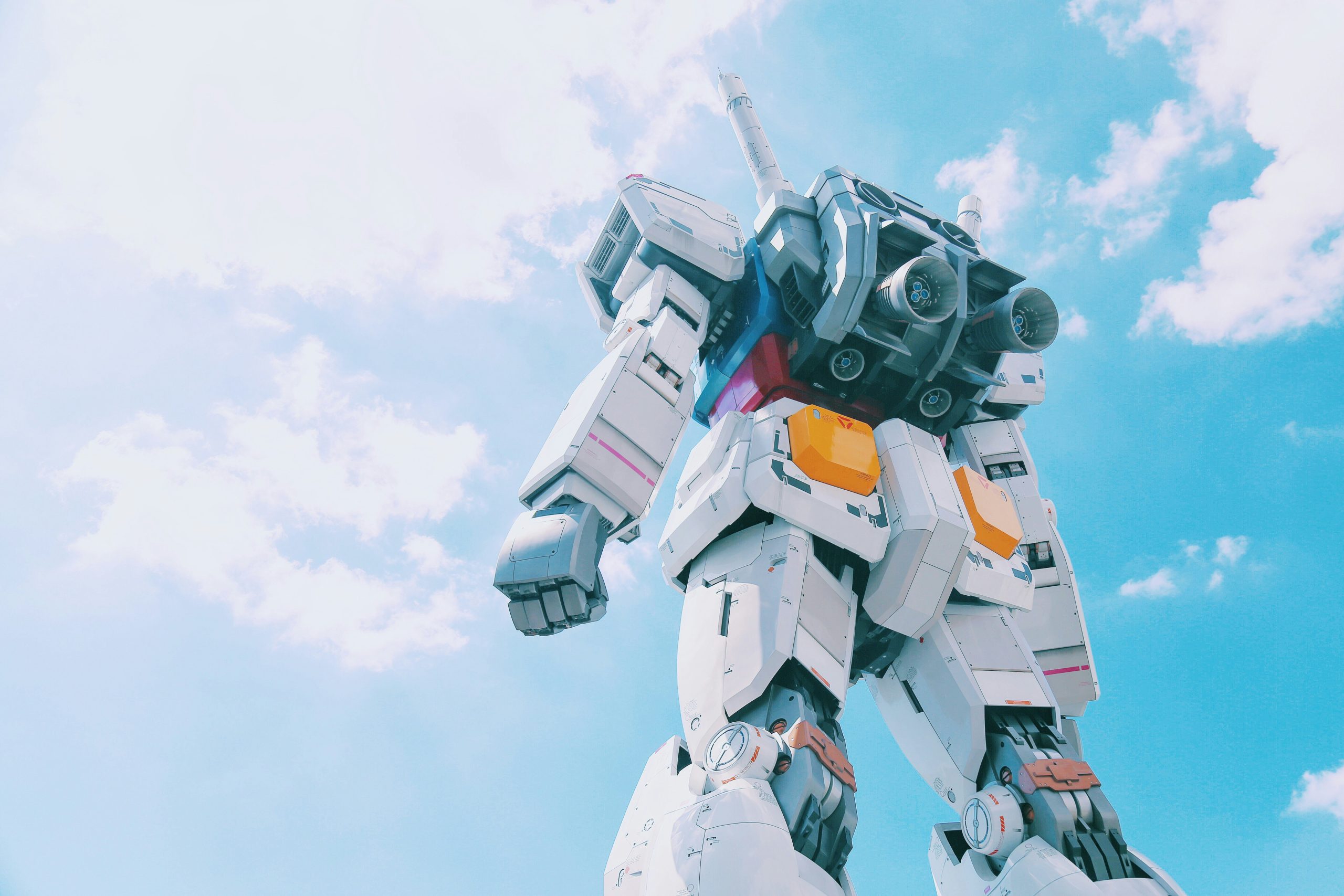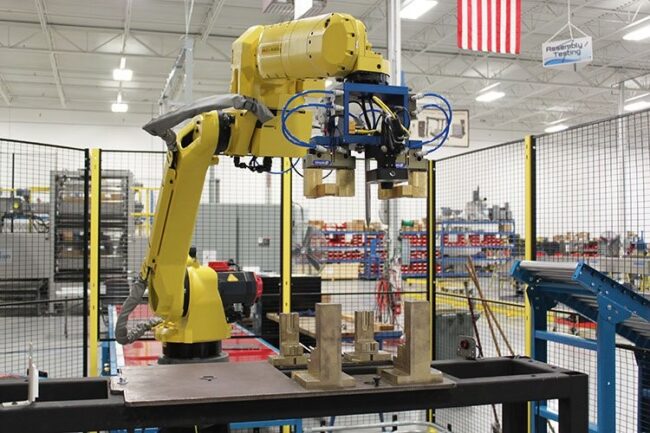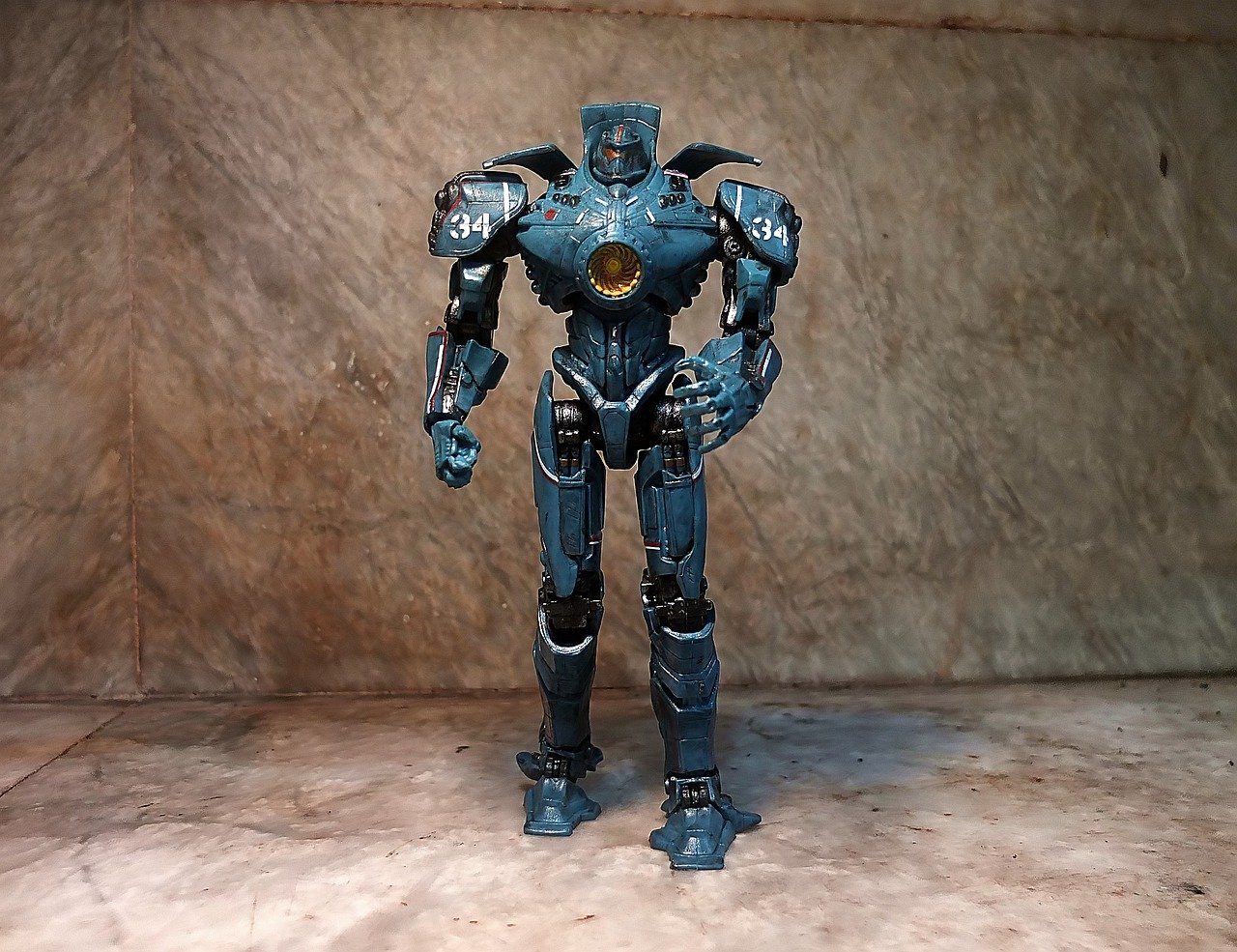In the rapidly evolving landscape of manufacturing technology, businesses are increasingly seeking solutions that enhance efficiency, adaptability, and productivity. Among the transformative technologies making waves are collaborative robots (cobots) and 3D printing. Together, these innovations are revolutionizing manufacturing workflows, allowing for greater flexibility and precision. This article explores how the integration of collaborative robots and 3D printing creates seamless manufacturing processes.
The Role of Collaborative Robots in Manufacturing
Collaborative robots, or cobots, are designed to work alongside human operators, enhancing productivity and safety in various manufacturing environments. Unlike traditional industrial robots, which often require extensive safety measures and dedicated workspaces, cobots can operate alongside humans, enabling a more integrated workflow.

Key Features of Cobots
Many companies, including Universal Robot, offer cobots that come equipped with advanced sensors and safety features, allowing them to operate safely in close proximity to humans. This capability significantly reduces the risk of accidents, making it possible for cobots to share workspaces with human workers. Additionally, many cobots are designed with user-friendly interfaces, allowing for easy programming and quick adaptation to different tasks.
Advantages of Using Cobots
The integration of cobots in manufacturing settings offers numerous advantages. They can handle repetitive tasks, such as assembly or quality inspections, which frees human workers to focus on more complex activities that require problem-solving skills. This not only boosts overall productivity but also helps maintain a more skilled workforce. Cobots are also highly adaptable, making them ideal for environments where production needs frequently change.
The Rise of 3D Printing in Manufacturing
3D printing, also known as additive manufacturing, has emerged as a game-changing technology in the manufacturing sector. This process involves creating three-dimensional objects by layering materials, which allows for intricate designs and rapid prototyping.

Benefits of Additive Manufacturing
One of the key benefits of 3D printing is its ability to reduce waste compared to traditional subtractive manufacturing methods. Since the material is added layer by layer, there is significantly less excess material, making it a more sustainable option. Additionally, 3D printing allows for the creation of complex geometries that would be difficult or impossible to achieve through conventional manufacturing processes. This flexibility enables faster iteration and innovation, allowing businesses to bring products to market more quickly.
Applications of 3D Printing
Industries ranging from aerospace to healthcare are leveraging 3D printing for various applications:
- Aerospace: In this industry, 3D printing is used to create lightweight components that enhance fuel efficiency. Parts that were once cast or machined can now be printed, reducing lead times and material waste.
- Healthcare: Custom prosthetics and implants are being produced using 3D printing technology, tailored specifically to the needs of individual patients. This personalization leads to better patient outcomes and satisfaction.
- Automotive: Many automotive manufacturers use 3D printing for rapid prototyping of parts, allowing for quicker design iterations and testing of new models.
Integrating Cobots with 3D Printing
The integration of collaborative robots with 3D printing technology represents a significant advancement in manufacturing workflows. By automating various stages of the 3D printing process, cobots can help optimize production and improve efficiency.
Cobots can assist in several stages of the 3D printing workflow:
- Pre-Printing Phase: Cobots can prepare materials, set up the printer, and ensure that everything is in place for a successful print job. For instance, they can load filament or resin and calibrate the printer settings.
- During Printing: Cobots can monitor the printer’s operation, making real-time adjustments as necessary to ensure optimal performance. If a printer detects a flaw or malfunction, a cobot can intervene to fix the issue or pause the process.
- Post-Processing: After printing, cobots can assist with tasks such as cleaning, finishing, and packaging the final products. They can also perform quality checks, ensuring that each item meets the required standards before it leaves the facility.
Benefits of Automation in 3D Printing
By incorporating a collaborative robot into the 3D printing workflow, manufacturers can reduce the likelihood of human error and improve consistency. Automation not only speeds up production but also enables a more efficient use of resources. The ability to operate continuously without breaks allows cobots to significantly increase output while maintaining high-quality standards.
Creating Seamless Workflows
Seamless workflows are essential in modern manufacturing, as they help minimize delays and maximize productivity. The synergy between collaborative robots and 3D printing is a powerful combination that can transform traditional manufacturing processes.
Definition of Seamless Workflows
A seamless workflow in manufacturing refers to a streamlined process where each stage operates efficiently without interruptions or delays. This involves real-time communication between machines, automation of repetitive tasks, and effective use of human skills.
Synergy Between Cobots and 3D Printing
The integration of cobots with 3D printing facilitates real-time data exchange and monitoring, allowing for immediate adjustments to production processes. For instance, if a 3D printer encounters an issue, a cobot can quickly intervene, making necessary corrections to ensure that production continues smoothly. This level of coordination minimizes downtime and optimizes resource utilization, leading to more efficient operations.
Conclusion
The integration of collaborative robots with 3D printing technology is transforming manufacturing workflows, offering significant benefits in efficiency, productivity, and adaptability. As industries continue to explore these innovations, the potential for seamless manufacturing processes will expand, driving future growth and success. For companies looking to stay competitive, embracing the capabilities of a collaborative robot alongside 3D printing represents a crucial step toward enhancing their manufacturing operations. The future is bright for manufacturers willing to invest in these technologies, paving the way for more agile and responsive production environments.




